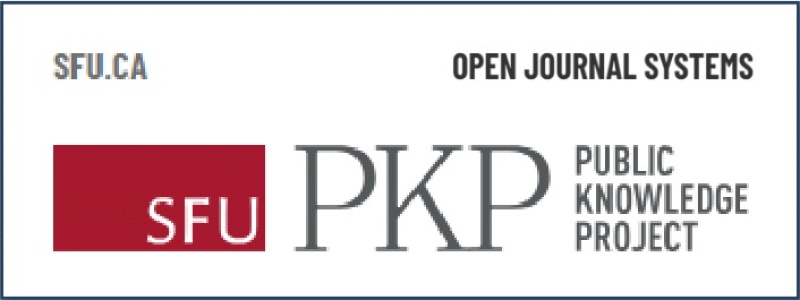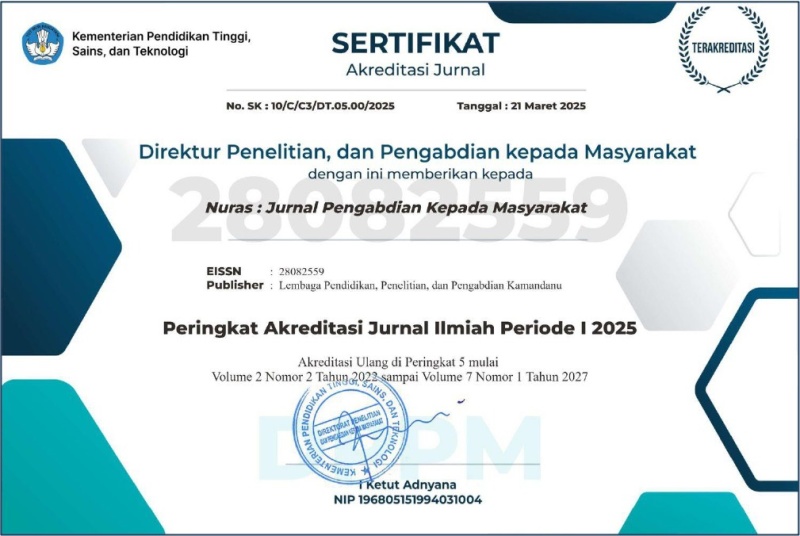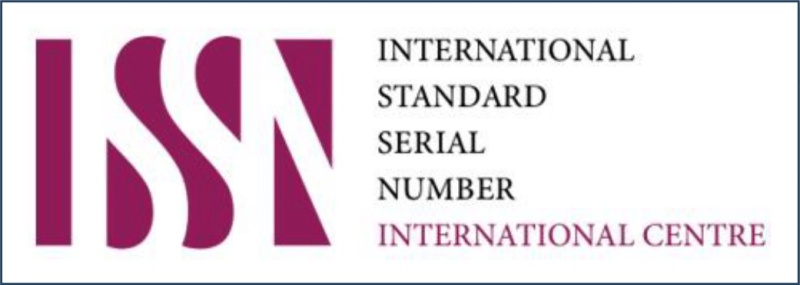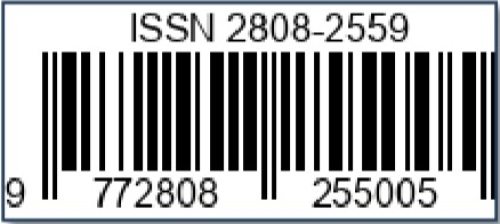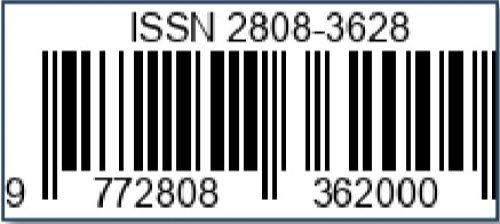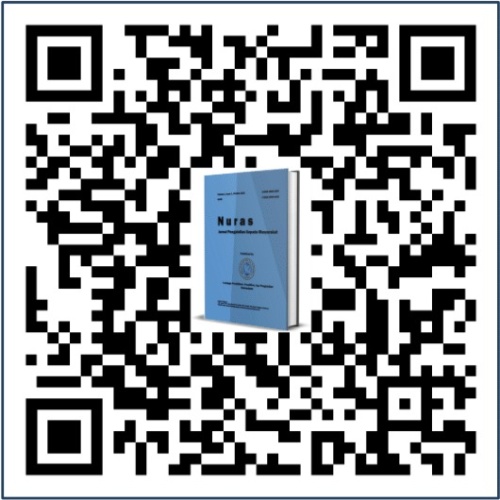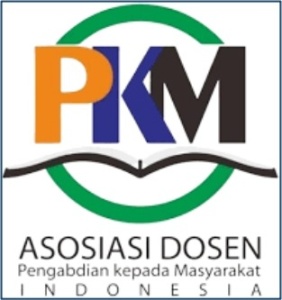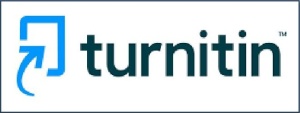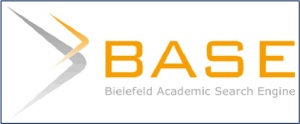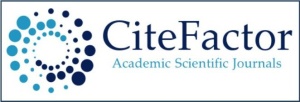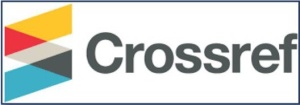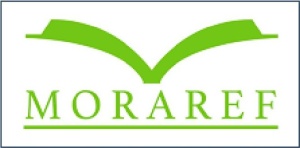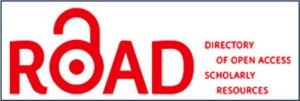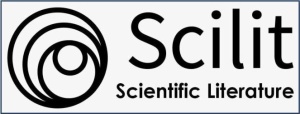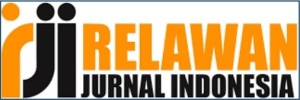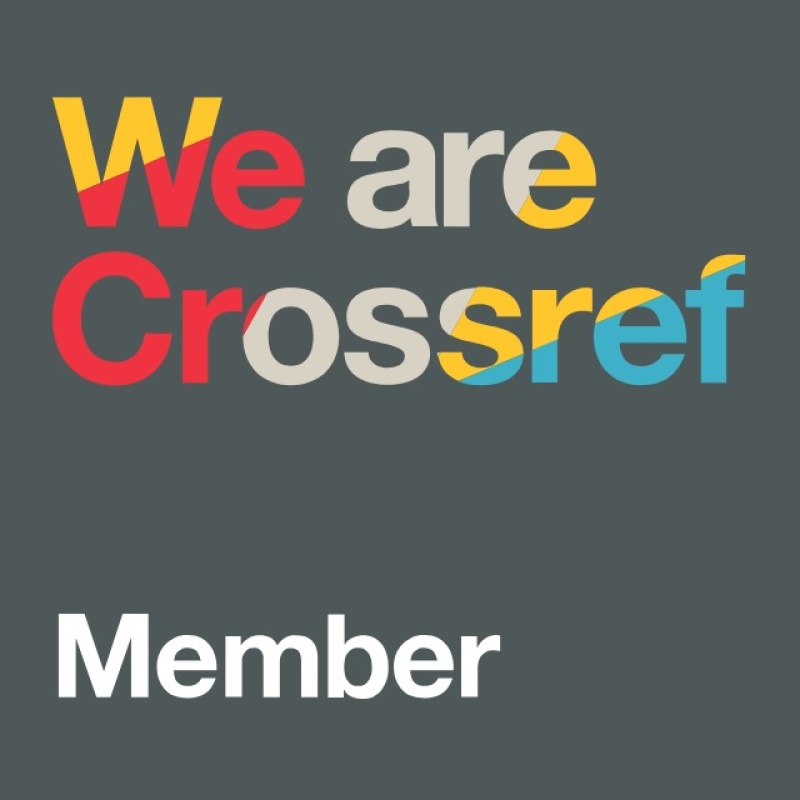Peningkatan Persepsi Gizi pada Remaja dalam Upaya Pencegahan Kejadian Anemia
DOI:
https://doi.org/10.36312/njpm.v2i1.70Keywords:
Adolens, Prevent Anemia.Abstract
Anemia is a medical condition in which the number of red blood cells or hemoglobin is less than normal. Normal hemoglobin levels are generally different in men and women. For men anemia is usually defined as a hemoglobin level of less than 13.5 grams/100 ml. Anemia is a common blood disorder that occurs when the level of red blood cells (erythrocytes) in the body becomes too low. This can cause health problems, because red blood cells contain hemoglobin, which carries oxygen to body tissues. Anemia can cause various complications including fatigue and stress on the body's organs. Anemia occurs due to lack of iron and folic acid in the body. Women who suffer from anemia will have an impact on pregnancy and have the potential to give birth to babies with low birth weight. Besides that, Anemia can result in the death of both mother and baby during childbirth. This community service aims to provide knowledge about the importance of consuming a variety of foods that contain iron. The implementation procedure is carried out by counseling youth about the importance of nutrition in preventing anemia, so that the problem of anemia in Indonesia can be resolved. The solution to the problem is to teach teenagers about the importance of knowing balanced nutrition and the importance of consuming iron, so it is hoped that adolescents do not experience anemia. The expected achievement target is that teenagers understand and know how to prevent the nutritional problem of anemia.
Downloads
References
Asih, L. D., & Widyastiti, M. (2016). Meminumkan Jumlah Kalori di Dalam Tubuh dengan Memperhitungkan Asupan Makanan dan Aktivitas Menggunakan Linear Programming. Ekologia : Jurnal Ilmiah Ilmu Dasar dan Lingkungan Hidup, 16(1), 38-44. https://doi.org/10.33751/ekol.v16i1.61
Astuti, D., & Kulsum, U. (2020). Pola Menstruasi dengan Terjadinya Anemia pada Remaja Putri. Jurnal Ilmu Keperawatan dan Kebidanan, 11(2), 314-327. https://doi.org/10.26751/jikk.v11i2.832
Briawan, D. (2014). Anemia : Masalah Gizi pada Remaja Wanita. Jakarta: EGC.
Departemen Kesehatan Republik Indonesia. (2008). Program Penanggulan Anemia Gizi pada Wanita Usia Subur (WUS). Jakarta: Direktorat Gizi Masyarakat.
Irianto, K. (2014). Gizi Seimbang dalam Kesehatan Reproduksi. Bandung: CV. Alfabeta.
Kesuma, W. (2018). Hubungan Konsumsi Tablet Besi dan Kecukupan Gizi dengan Anemia pada Ibu Hamil di Puskesmas Mungo Kabupaten Lima Puluh Kota. Skripsi. Universitas Sumatera Utara.
Mariana, D., Wulandari, D., & Padila. (2018). Hubungan Pola Makan dengan Kejadian Anemia pada Ibu Hamil di Wilayah Kerja Puskesmas. Jurnal Keperawatan Silampari, 1(2), 108-122. https://doi.org/10.31539/jks.v1i2.83
Panyuluh, D. C., Prabamukti, P. N., & Riyanti, E. (2018). Faktor-faktor yang Berhubungan dengan Perilaku Penyebab Anemia pada Santriwati Pondok Pesantren Darul Ulum Kabupaten Kendal. Jurnal Kesehatan Masyarakat, 6(2), 1-7. https://doi.org/10.14710/jkm.v6i2.20811
Sari, P. (2020). Edukasi Pencegahan Anemia pada Remaja Putri Menggunakan Media Cups Games di Kecamatan Kajuara Kabupaten Bone. Skripsi. Universitas Hasanuddin Makassar.
Tarwoto., Aryani, R., Nuraeni, A., Miradwiyana, B., Tauchid, S. N., Aminah, S., Sumiati., Dinarti., Nurhaeni, H., Saprudin, A. E., & Chairani, R. (2010). Kesehatan Remaja, Problem dan Solusinya. Jakarta: Salemba Medika.

Downloads
Published
How to Cite
Issue
Section
License
Copyright (c) 2022 Reni Permata & Untari

This work is licensed under a Creative Commons Attribution-ShareAlike 4.0 International License.
-
Attribution — You must give appropriate credit, provide a link to the license, and indicate if changes were made. You may do so in any reasonable manner, but not in any way that suggests the licensor endorses you or your use.
-
ShareAlike — If you remix, transform, or build upon the material, you must distribute your contributions under the same license as the original.

